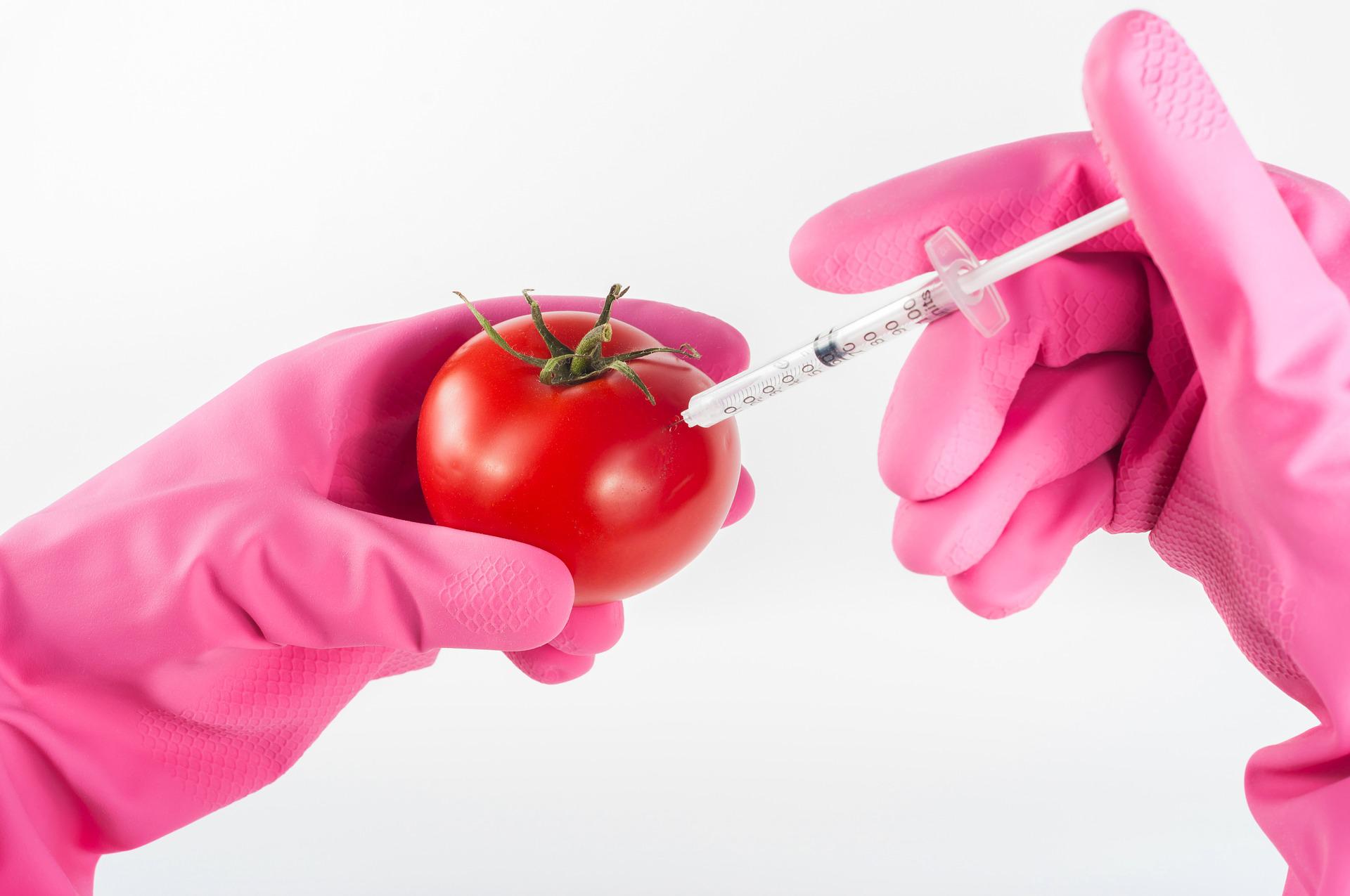D-BOOST
CRISPR BOOSTS VITAMIN D CONTENT IN TOMATOES
BIOFORTIFICAZIONE
POMODORI GENETICAMENTE MODIFICATI PER RAFFORZARE IL CONTENUTO DI VITAMINA D


La carenza di vitamina D è oramai una condizione comune in molti soggetti e può rappresentare la causa anche di alcuni disturbi associati ad esempio alla diminuita produzione di calcio, la cosiddetta ipocalcemia. Un gruppo di studiosi ricercatori, coordinato dall’istituto di scienze delle produzioni alimentari del consiglio nazionale delle ricerche di Lecce (Cnr-Ispa), in collaborazione con il John Innes Centre di Norwich, in Gran Bretagna, ha prodotto un pomodoro biofortificato, in grado di sopperire la carenza di vitamina D.
Ma…cosa ha di ‘’speciale’’ questo pomodoro? Cosa contiene nello specifico, a differenza di un pomodoro che si riscontra in natura?
Aurelia Scarano, ricercatrice del Cnr leccese, ci spiega che tale alimento è stato ‘’modificato’’ attraverso l’impiego di una tecnologia all’avanguardia, la cosidetta tecnica del Crispr/cas9. Essa consiste nell’inserire specificatamente una piccola modifica nel gene del pomodoro coinvolto nella produzione di una proteina con un’attività estremamente importante perché permette di convertire la provitamina D3 in colesterolo.
Una piccola modifica può generare un effetto così importante nel corpo di un individuo? Ebbene si!
Questa modifica genetica permette di bloccare il processo di trasformazione della provitamina D3 in colesterolo e di favorire pertanto l’accumulo della provitamina all’interno dell’ortaggio. La provitamina D3 è una ‘’pro’’ ‘’ vitamina’’ ovvero un ‘’pre-cursore’’ della vitamina D e svolge un ruolo essenziale in quanto apporta beneficio alle ossa e al nostro sistema immunitario. Accumulandosi nel pomodoro e nelle foglie non va ad alterare la crescita della pianta.
In più, dati statistici di questo studio evidenziano che consumando due pomodori geneticamente modificati al giorno si può sostituire la dose giornaliera di vitamina D.
Inoltre, è proprio dalla luce solare che si assorbe la vitamina D…e perché non trattare questi pomodori biofortificati con i raggi ultravioletti? I ricercatori di questo studio hanno dimostrato che l’impiego dei raggi UV sui pomodori geneticamente modificati induce la diretta conversione della provitamina D3 in vitamina D attiva.
Una strategia alquanto favorevole alle esigenze dell’organismo carente di vitamina D. Tale studio potrebbe rappresentare un punto di svolta per una nuova produzione di integratori alimentari ‘’biofortificanti’’ per rafforzare il contenuto di vitamina D in quei soggetti che soffrono di tale carenza.
Autore del post: Mariagiovanna Di Chiano
Istituto di appartenenza: Università degli Studi di Bari
Ruolo: Press Office
Doi originale: https://doi.org/10.1038/s41477-022-01154-6
Link diretto alla fonte: https://www.nature.com/natureplants
Articolo Divulgativo in Inglese:
Vitamin D deficiency is now a common condition in many subjects and can also be the cause of some disorders associated for example with decreased calcium production, the so-called hypocalcemia. A group of research scientists, coordinated by the institute of science of food production of the national research council of Lecce (Cnr-Ispa), in collaboration with the John Innes Center in Norwich, in Great Britain, has produced a bio-fortified tomato, capable of to make up for the lack of vitamin D.
But ... what is 'special' about this tomato? What does it contain specifically, unlike a tomato that occurs in nature?
Aurelia Scarano, researcher at the Lecce CNR, explains that this food has been '' modified '' through the use of cutting-edge technology, the so-called Crispr / cas9 technique. It consists in specifically inserting a small modification in the tomato gene involved in the production of a protein with an extremely important activity because it allows the conversion of provitamin D3 into cholesterol.
Can a small change generate such a major effect on an individual's body? Well yes!
This genetic modification makes it possible to block the process of transformation of provitamin D3 into cholesterol and therefore favor the accumulation of provitamin within the vegetable. Provitamin D3 is a '' pro '' '' vitamin '' or a '' pre-cursor '' of vitamin D and plays an essential role as it benefits bones and our immune system. Accumulating in the tomato and in the leaves does not affect the growth of the plant.
In addition, statistical data from this study show that consuming two genetically modified tomatoes per day can replace the daily dose of vitamin D.
Furthermore, it is precisely from sunlight that vitamin D is absorbed… and why not treat these bio-fortified tomatoes with ultraviolet rays? The researchers of this study showed that the use of UV rays on genetically modified tomatoes induces the direct conversion of provitamin D3 into active vitamin D.
A strategy somewhat favorable to the needs of the organism deficient in vitamin D. This study could represent a turning point for a new production of '' bio-fortifying '' food supplements to strengthen the vitamin D content in those subjects suffering from this deficiency.


